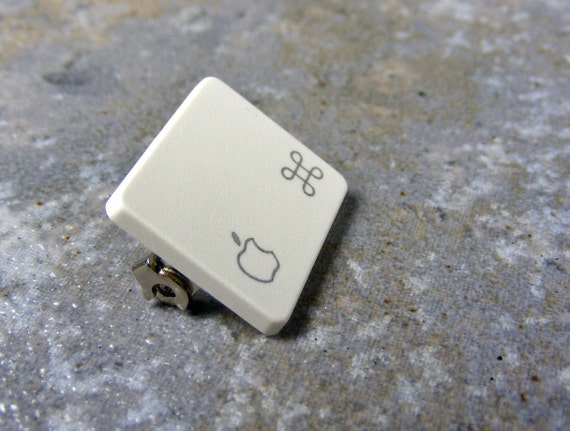

- #MAC COMMAND KEY KEYBINDING SOFTWARE#
- #MAC COMMAND KEY KEYBINDING MAC#
- #MAC COMMAND KEY KEYBINDING WINDOWS#
#MAC COMMAND KEY KEYBINDING SOFTWARE#
If you don't mind interposing another layer of software (and any associated instability), you can also chain together a sequence of such keyboard shortcuts using a number of.
#MAC COMMAND KEY KEYBINDING WINDOWS#
If you're using a keyboard made for a PC, such as a keyboard with a Windows logo, try a keyboard made for Mac. To simply re-assign the key binding for the Edit:Execute command, you can just use the Keyboard System Preferences, which supports application-specific user bindings. Or use your built-in keyboard or a wired keyboard.
If you're using a wireless keyboard, plug it into your Mac, if possible. Some keyboards have a light that flashes briefly at startup, indicating that the keyboard is recognized and ready for use. #MAC COMMAND KEY KEYBINDING MAC#
You might need to wait a few seconds before pressing the keys, to give your Mac more time to recognize the keyboard as it starts up. Then press and hold the keys as your Mac starts up. Then press the power button to turn on your Mac.
Press and hold all keys in the combination together, not one at a time. 
If a key combination doesn't work at startup, one of these solutions might help:
Eject (⏏) or F12 or mouse button or trackpad button: Eject removable media, such as an optical disc. Disabled when using a firmware password. Command-V: Start up in verbose mode. Disabled when using a firmware password. T: Start up in target disk mode. Disabled when using a firmware password. Disabled in macOS Mojave or later, or when using a firmware password. Command-S: Start up in single-user mode. To use the default boot image on the server, press and hold Option-N instead. Disabled when using a firmware password. N: Start up from a NetBoot server, if your Mac supports network startup volumes. Or use Option-D to start up to this utility over the internet. Disabled when using a firmware password. D: Start up to the Apple Diagnostics utility. If your Mac is using a firmware password, it ignores this key combination or starts up from macOS Recovery. Option-Command-P-R: Reset NVRAM or PRAM. If your Mac is using a firmware password, you're prompted to enter the password. To remaps the key bindings of a single user, edit the default keybinding file: If they are not already in place - just create the file & directory. Option (⌥) or Alt: Start up to Startup Manager, which allows you to choose other available startup disks or volumes. Key binding allow you to swap around the action of keys (or key combinations) on the mac keyboard. macOS Recovery installs different versions of macOS, depending on the key combination you use. If your Mac is using a firmware password, you're prompted to enter the password. 
Or use Option-Command-R or Shift-Option-Command-R to start up from macOS Recovery over the internet.
Command (⌘)-R: Start up from the built-in macOS Recovery system. Keep holding until the described behavior occurs. To use any of these key combinations, press and hold the keys immediately after pressing the power button to turn on your Mac, or after your Mac begins to restart.







 0 kommentar(er)
0 kommentar(er)
